thenewbigpicture
Latest
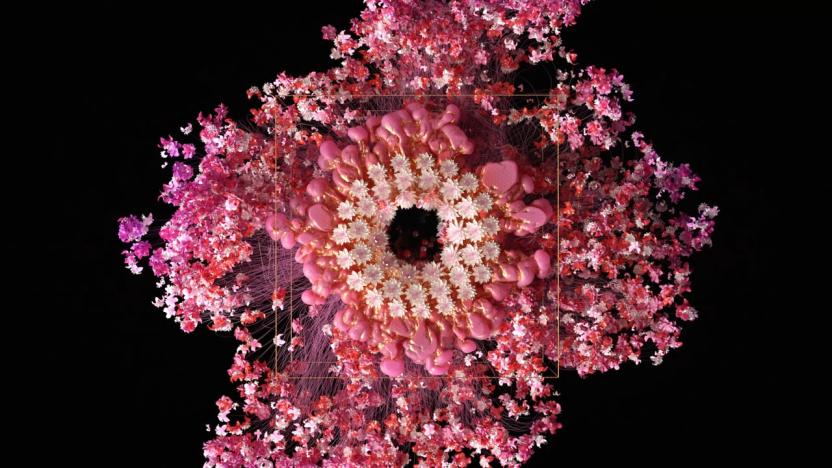
'Future Flowers' blossom at an ancient Japanese shrine
When thinking of Japan in spring, you'll no doubt picture the annual cherry blossom celebrations taking place around this time of year. That custom, known as Hanami, goes back thousands of years and originally centered around plum, not cherry, blossoms. With that in the background, Danish floral designer Nicolai Bergmann presented Hanami 2050, a digitally-enhanced flower exhibition at the historic Fukuoka / Dazaifu Tenmangu Shinto shrine.

Side view satellite images turn the Earth into 'Sim City'
Satellite images can still enlighten and delight, but we're so spoiled by constant views from space that it's hard to surprise us. Satellite imaging company Planet has managed to do just that, however, with a collection of new images, including a shot of the man-made Pearl-Qatar island in Doha. Rather than shooting straight down, the satellites captured the images from oblique angles, creating orthographic-type views reminiscent of games like Sim City.

Photos show the epic scale of VW Dieselgate
When you think about the numbers associated with Volkswagen's US "Dieselgate" scandal, it's easy to zone out. $25 billion in claims and fines ... 500,000 vehicles affected ... 294,000 vehicles in storage -- figures like that are hard to fathom. Reuters has put some of it in perspective, however, with a photo essay showing how VW and Audi are housing affected vehicles.
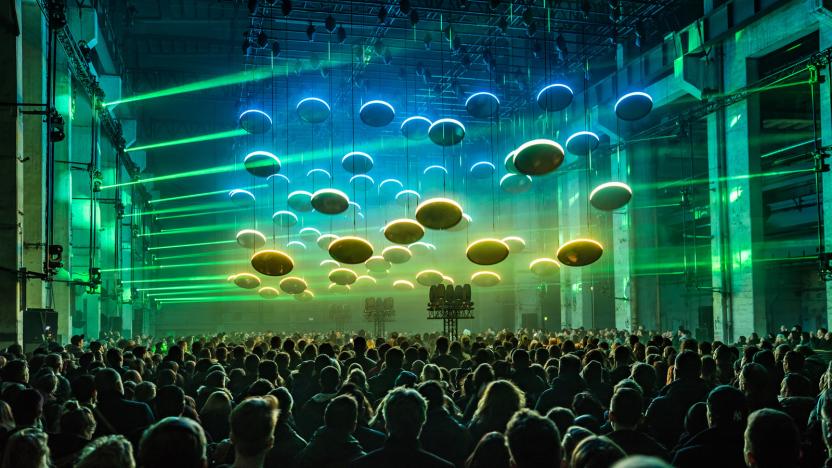
'SKALAR' explores how light and sound affect our emotions
Photons have no mass, but in an exhibition at the CTM electronic music festival in Berlin, artist Christopher Bauder treated light as a moldable, solid substance. The installation was married to a complex soundscape by musician and composer Kangding Ray, and set in the historic Kraftwerk Berlin industrial space. The result, SKALAR, was an epic light show that put spectators through an entire "wheel of emotions."
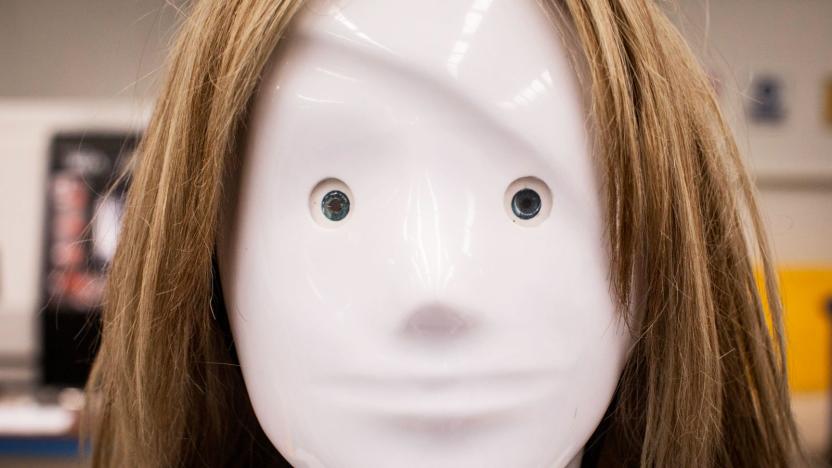
A humanoid is born in a Turkish robotics factory
The Uncanny Valley posits that robots get exponentially creepier the closer they look to humans -- take Nadine the social robot, RealDoll and the Geminoids (please). However, a company called Akin Robotics in Turkey has proved that robots don't need to look like humans at all to evoke the "ugh" factor. It recently unveiled a new factory that will produce an Eyes Without a Face-like model that will surprise, delight and terrify visitors at airports and elsewhere.

Drones add eerie halos to landscape photos in 'Lux Noctis'
Drones usually act as flying cameras, often to great effect, but landscape photographer Reuben Wu has discovered an equally compelling use for them. In the series Lux Noctis (light the night), his UAVs both lit up and created halos around landforms in the Bisti Badlands of New Mexico, California's Alabama Hills and elsewhere. The results, he told National Geographic, are "a bit like a chiaroscuro painting, where one starts with a blank canvas and then adds light to the picture."

Bitcoin miners turn Quebec's cheap energy into cold cash
Bitcoin mining is a weird industry. Vast banks of dedicated computers solve complex equations to generate hashes worth a fraction of a coin, consuming huge amounts of power in the process. For such operations to be economically feasible nowadays, miners need the cheapest electricity possible.
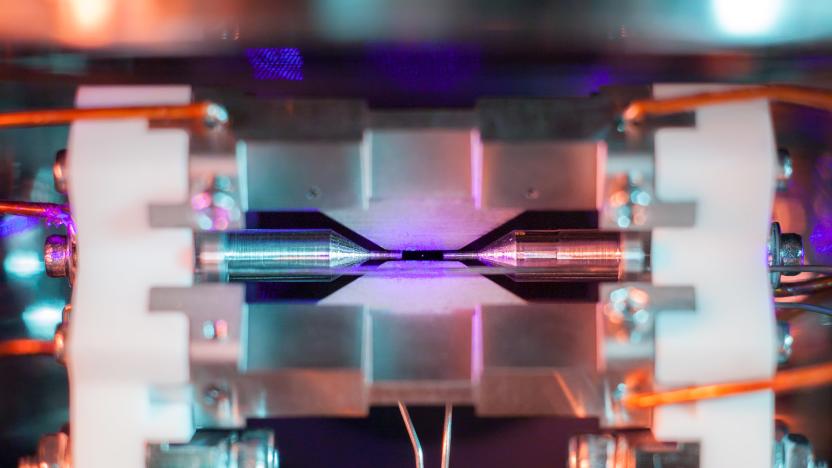
A 'trapped' atom is visible to the naked eye
The tiny dot in the center of the screen, between the two metal electrodes, is the light emitted by a single atom. The photo, Single Atom in an Ion Trap, just won the grand prize in the UK's Engineering and Physical Sciences Research Council (EPSRC) science photo and imaging contest. "The idea of being able to see a single atom with the naked eye had struck me as a wonderfully direct and visceral bridge between the miniscule quantum world and our macroscopic reality," said Oxford University quantum physics professor David Nadlinger, who took it.
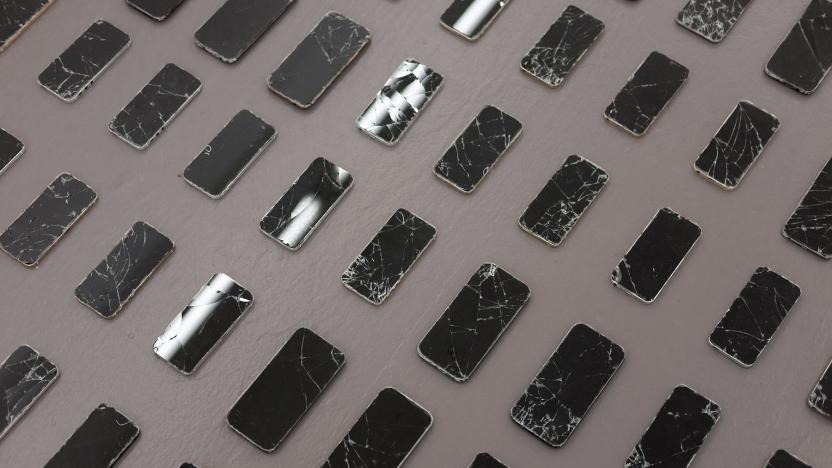
Technology as racial exploitation in 'Black Gooey Universe'
Art is often about making you look at regular, day-to-day objects in ways you haven't before. Artist and UNBAG co-founder American Artist has certainly done that with Black Gooey Universe, showing at Brooklyn's HOUSING studio until February 16th. The exhibition features pieces like "Mother of All Demos," named after the famous XeroxPARC GUI demo, and "No State," a 12-by-12 grid of shattered iPhones. The idea with the exhibition and accompanying essay is to show how the evolution of such devices relates to the African American experience.

Hubble provides the cosmic background to a dark French opera
Grandiose space images from NASA's Hubble telescope might be the last thing you'd expect see in an early 20th century French opera. However, Marco Brambilla, the artist behind epic video art installations and Kanye West's "moving painting" music video for Power, has done just that. He created the video backdrop for a new production of Claude Debussy's Pelléas et Mélisande, currently running at the Opera Ballet Vlaanderen in Antwerp, Belgium.

‘Robotic Habitats’ imagines a self-sustaining AI ecosystem
As artificial intelligence advances at an unprecedented pace, we tend to see its arrival in emotional terms -- usually, either excitement or fear. But Noumena, a collective of designers, engineers and architects, is looking at AI and robots more practically. What form will they take, how will they survive and develop, and where will they live? It aims to explore those ideas with an exhibition entitled "Robotic Habitats."
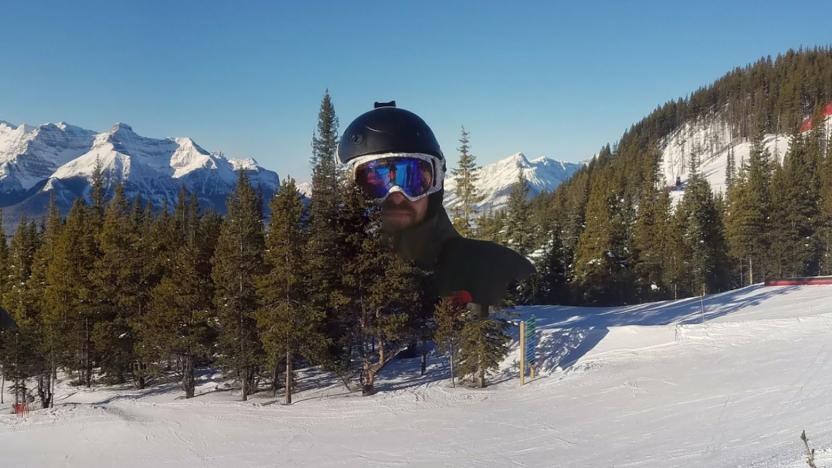
AI's intelligence and stupidity in one photo stitch fail
A Google panorama photo fail from a Reddit user has again shown how good AI can be at weirdly specific tasks and how bad it is at seeing, well, the big picture. A skier with the handle MalletsDarker snapped three photos of friends at the Lake Louise ski resort in Banff, Alberta, and as it does, Google Photos offered to stitch them together. To be sure, the algorithm did a masterful job of blending the three photos. However, it failed to grasp basics like "humans are not eighty feet tall" and turned MalletsDarker's friend into a lurking, Gulliver-esque figure.

Algorithms transform Chicago scenes into trippy lobby art
Office lobbies are prime spots for corporations to make statements about their values and taste, yet "lobby art" is usually a shorthand way of saying "insipid crap." However, a studio called ESI Design has given a Chicago office building a much more interesting, experimental and local take on it. Called "Canvas," it's a 14- by 23-foot LED display installation that generates moving paintings based on video from the Chicago River and Navy Pier amusement park rides. "The daily motion of Chicago 'paints' the pictures into place at 515 North State," said ESI's Senior Designer Ed Purver.
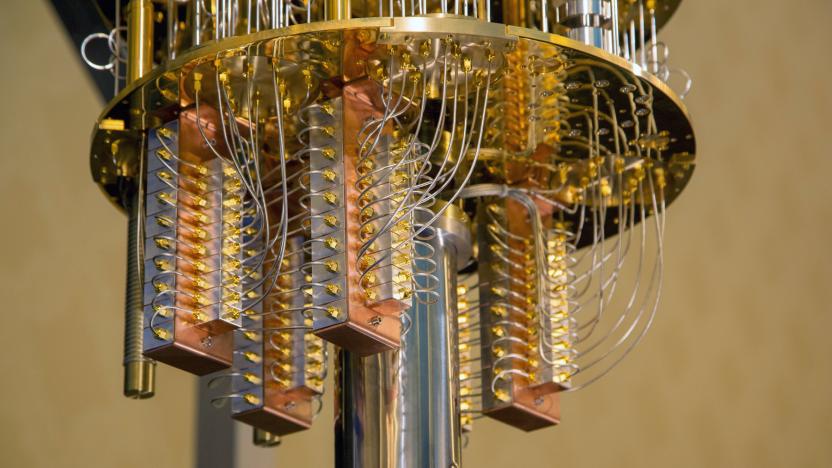
This is what a 50-qubit quantum computer looks like
From afar, it looks like a steampunk chandelier. An intricate collection of tubes and wires that culminate in a small steel cylinder at the bottom. It is, in fact, one of the most sophisticated quantum computers ever built. The processor inside has 50 quantum bits, or qubits, that process tasks in a (potentially) revolutionary way. Normally, information is created and stored as a series of ones and zeroes. Qubits can represent both values at the same time (known as superposition), which means a quantum computer can theoretically test the two simultaneously. Add more qubits and this hard-to-believe computational power increases. Last November, IBM unveiled the world's first 50-qubit quantum computer. It lives in a laboratory, inside a giant white case, with pumps to keep it cool and some traditional computers to manage the tasks or algorithms being initiated. At CES this year, the company brought the innards -- the wires and tubes required to send signals to the chip and keep the system cool -- so reporters and attendees could better understand how it works. The biggest challenge, IBM Research Vice President Jeffrey Welser told me, is isolating the chip from unwanted "noise." This includes electrical, magnetic and thermal noise -- just the temperature of the room renders the whole machine useless.

A portrait of Earth and the Moon from 3 million miles away
Sometimes you need to step back to see the big picture, and if your subjects are 249,000 miles apart, you need to step waaay back. Luckily, the spacecraft OSIRIS-REx is moving rapidly away from us and was recently just in the right position, around 3.1 million miles away, so it trained its MapCam instrument towards its former home and captured this poignant portrait of the Earth and the Moon.

Making your own waves in the 'Vortices' art installation
Technology allows you to experience art in a direct way by physically becoming part of the exhibition, and TeamLab is on the forefront of that movement. The Japanese art collective is at it again with a new exhibition at Melbourne's NGV (National Gallery of Victoria) Triennial called Moving Creates Vortices and Vortices Create Movement. It's a hypnotic melange of art, interactivity and spectacle that shows how humans impact their environment and vice-versa.

'Astrocyte' explores how architecture can interact with humans
Philip Beesley's Astrocyte aims to show that architecture can be more than just ornamental. Built from acrylic, mylar, sensors, custom glasswork, 3D-printed lights and using AI, chemistry and a responsive soundscape, it not only invokes emotional reactions but reacts to participants' movements and gestures. The giant, delicate-looking structure (inspired by astrocyte nerve cells), also prompts unusually respectful interactions from human observers.

Selfies become public art in 'As We Are'
Selfies can be a small act of self-promotion, but it's nothing compared to what artist Matthew Mohr can do for you. He has built a sculpture called As We Are that projects your face onto a 14-foot high interactive sculpture at the Columbus, Ohio convention center. "It is an open-ended, conceptual piece that explores how we represent ourselves individually and collectively," Mohr said in an artist's statement. "As We Are presents Columbus as a welcoming, diverse culture where visitors and residents can engage on multiple levels."

NASA's high altitude ER-2 scans California's wildfires
For the second time this year, swaths of California are burning out of control thanks to unseasonably warm and dry temperatures. To better study what's happening and assess the environmental impact, NASA deployed its high-altitude ER-2 aircraft with a host of scientific instruments on board. In the image above, sunlight glints off its wing as it flies over the Thomas Fire in Ventura county at around 65,000 feet.

LiDAR strips landscapes down to their bare glory
LiDAR is having a moment right now helping self-driving cars and robots not hit things, but don't forget about what else it can do. In a study called The Bare Earth, scientists from the Washington Geological Survey used it to image the ground right down to dirt and rocks. Stripped of trees and other distractions, the images provide not only valuable geological survey data, but stunning, otherworldly views of our planet.

